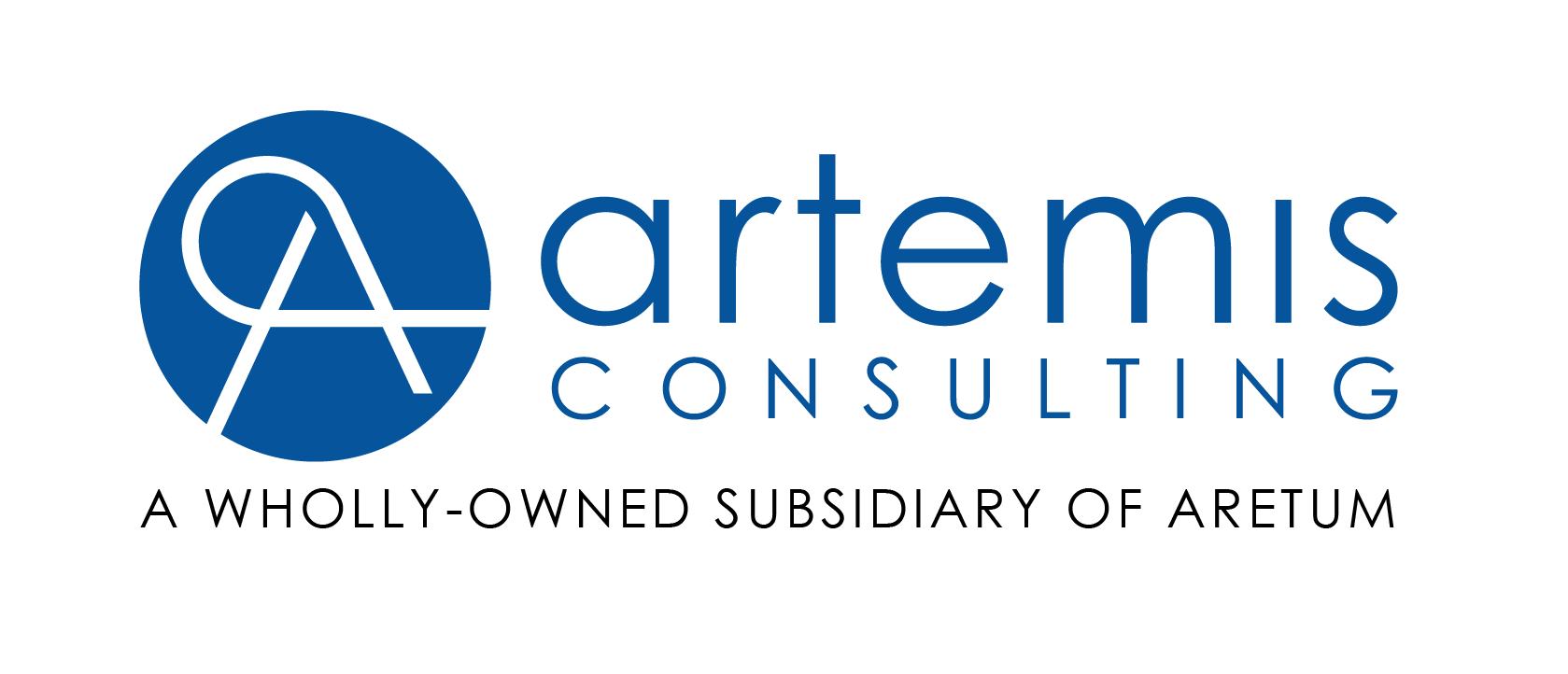
As the business owner of a commercial or Government website, you want to make sure that all the features of your website are accessible and usable by all who might visit your website. As described in the blog on Accessibility: Is It Part Of Your Digital Strategy?, Artemis experts began to explore web accessibility, the practice of designing and presenting websites and web applications so that everyone regardless of hardware device, and visual, auditory or physical impairment can use it to the same extent or degree and receive the same level of access to content and features as a person without impairments. Today, we ask, have you made sure your forms are accessible along with the text and images on your website?
In our experience, one of the areas that assistive technologies, such as screen readers, struggle with the most are web forms. Forms are used pervasively to gather information from users – everything from asking for technical support to signing up for a newsletter is done using forms. Forms have always been complex with text fields, check boxes, dropdown menus, radio buttons, and other features. They have become more complex in modern times with browser-side form input validation, auto completion options for entered text, one area of form input updating another area of form dynamically, security features such as CAPTCHA (Completely Automated Public Turing Test To Tell Computers and Humans Apart), responsive mobile-friendly design, etc.
Web designers and developers can forget how these seemingly fabulous features can impact accessibility. While they allow the website owners to gather information in a structured manner, these features can make an otherwise user-friendly website inaccessible to many users. As the business owner of a website, it is imperative that you work with your Web developers to avoid some of the issues that complex forms create.
In our next blog, an Artemis Consulting Web developer will give you some tips on how to make web forms accessible to everyone.
